Credit to MitsukiUzumaki21 on DeviantArt for the header image.
One of my earliest posts, “Musings on Women, Drag, and Things of That Nature” was about how women and girls who feel like they don’t fit in, or who have a complicated relationship with femininity, often identify with various aspects of gay male culture (or what they perceive of it to be). Or, how socially, politically, and culturally, woman truly is the twink of the world. One of the main examples I used was drag, but I also explored the yaoi genre and its devoted fanbase.
What The Hell is Yaoi, Anyway?
A quick crash course for my non-weeaboo brethren: yaoi, also known as Boys Love or BL, is media depicting pretty boys in a pretty relationships with each other. It can vary from sweet and wholesome, to mildly suggestive, to stuff that Rudy Giuliani would have tried to shut down in 19991. Some signature tropes in yaoi include the roles of a seme (top) and uke (bottom), yaoi hand anatomy, and the ever-famous yaoi paddle.
Japan birthed yaoi through its anime and manga scene, however yaoi is also prominent in Korean manhwa, Chinese manhua, and various other forms of Eastern media. Many Western content creators have also taken inspiration from BL in recent years.
But yaoi isn’t aimed at gay men. Identity-based terms like “gay”, “homosexual”, or “LGBT” are rarely use in yaoi, and most yaoi doesn’t focus on issues that actual gay men may face. Almost all yaoi artists are female, and so is their target demographic- even if they might not identify as such. Yaoi fangirls self-depreciatingly refer to themselves as “fujoshis”, or “rotten girls” a term coined by 2Chan2 way back in 2000 that they reclaimed as a term of endearment.
“But Lemmmmooon, how do you know so much about this???” I’m coming forward: I was a total weeb in middle school. I was exposed to a lot of very, VERY age-inappropriate content via otaku culture online, which in retrospect wasn’t healthy. I wish I had an adult IRL who had given me “the talk”- “look, Lemon, the stuff you see online isn’t meant to be a representation of real life, I hope you know that. It’s fine to have it in the future as a grown-up hobby, but when you’re an adult, I hope you can also find an actual person- male or female, it shouldn’t matter- who you can have a healthy and communicative intimate relationship with and not feel like you have to rely on fiction as a reference point. Also, you’re like, twelve, so you should be outside playing mermaids with your friends or something.”
Nowadays, as an adult woman returning to my roots, I find the fujoshi subculture itself much more interesting than what they’re a fan of. Part of it is because it’s one of the last spaces where you can unapologetically just be a weird girl and connect with other weird girls (the yaoi to Gender Identity Disorder pipeline may have hit Anglosphere fujo circles HARD, however, East Asian, LatAm, and even Indian BL communities online seem relatively unaffected3). Also part of me just finds the concept inherently funny (not in a mean-spirited way, of course): women coming home after a long day of work at their 9-to-5 jobs to queen out over 2D depictions of say gex from a secluded archipelago island in the Pacific.
“You’re laughing. Mom found the yaoi and you’re laughing.”
But what about yaoi on its own merit? After all, once you get past the memes, it’s just a genre like sci-fi, fantasy, or funny third thing.
Now, this is just my opinion. There’s some yaoi I like, mostly doujinshi (fan-comics) inspired by already existing characters that I had an attachment to beforehand. But once the excitement of discovering and rediscovering it wears off, I find most yaoi…. kind of boring. Part of it could be because my attraction to men ends below the waist, but there’s plenty of non-yaoi gay romance stories that resonated with me before. Mostly, I find the formula and art style kind of generic.
I’m on the lookout for a yaoi/BL comic that stands out from the rest and has a genuinely great story (finally, a chance to unironically say “I just read it for the plot”). Bonus if it has a unique/less traditional artstyle- I’m still in search of a BL manga that has my favorite “weird little guy” artstyle like the works of Fujio Akatsuka or My Neighbor the Yamadas. Part of the personal lack of “wow factor” BL has for me is because of oversaturation- there’s so GODDAMN MUCH of it, so by Sturgeon’s Law a good portion of yaoi will at least be “meh.” Another reason is that there’s a lot less variety in drawing male characters compared to female ones….
….. which is a good segway to bring us to our next topic: women! Specifically, a woman-centered genre that I’m much more knowledgeable about:
What the Hell is Yuri, anyway?
Yuri, which translates literally to “lily” (百合) in Japanese, is the genderswapped version of yaoi: romantic stories between members of the fairer sex. It’s commonly abbreviated to “GL” for “girl’s love.”
You might assume “oh okay, so the prime demographic for yuri is sleazy straight guys who want to see girl-on-girl action.” Well, no, it’s actually much more interesting than that. Unlike yaoi, which is far removed from the lived experience of gay men, yuri is a very female-centric genre: it’s usually made by women, for women, and deals with themes that are relatable to the everyday woman and girl. Mangakas tend to be more private about their personal lives than Western creatives, so it’s usually not clear whether yuri artists are straight, lesbian, or something in-between. Wikipedia explains how “the genre is also inclusive of works depicting emotional and spiritual relationships between women that are not necessarily romantic or sexual in nature.” A wider point is how deep, intimate bonds between women aren’t automatically viewed through sexual lens like mens’ are. Throughout history, women have had their gal pals and Boston Marriages, but the idea that it constitutes a “sexual identity” would have been completely alien to them. In the African nation of Lesotho, there’s a custom called Motsoalle, which has been a source of intrigue for many anthropologists. Motsoalle describes the tight-knit, lifelong bond between two Lesotho women (many of who are married to men) that doesn’t fit neatly in the binary of “good friend” or “person who I want to go down on for the rest of my life.” Similarly, a lot of yuri manga might depict bosom buddies who kiss, hold hands, and stare longingly into each other’s eyes under the moonlight, but they don’t conceive of being Gay™ as an identity.
Yuri fangirls are called himejoshi, or “princess girls”, which, in my opinion, sounds much prettier than the “rotten” label that yaoi enthusiasts got stuck with.
For reasons that should be obvious, I am far more familiar with the world of yuri than yaoi. A lot of yuri manga takes place in a high school setting, which I personally find the cultural fascination (in both the East and West) with that period of life bizarre- why on Earth would I want to relive my teenage years? Experiencing it once was more than enough, thank you. For this reason, I seek out yuri manga with characters and themes that are more relatable to adult women. It’s also a bonus if the story actually uses the terms “gay” or “lesbian.” Here’s a speedrun of yuri manga I would recommend if you want to explore the genre:
She Loves to Cook, and She Loves To Eat (2021)- Absolutely adore this manga! The story centers around a woman with a passion for cooking, who befriends and eventually falls in love with her neighbor with a big appetite. One of the few yuri manga I’ve seen with a gender non-conforming/masculine love interest. Depicts a variety of gay experiences and characters in a way that feels modern but not “woke” or pandering. Also the food in it looked delicious fr fr.
Even Though We’re Adults (2019-2023)- An elementary school teacher begins a relationship with another woman, only to find out that she’s married. Honey, the DRAMA of this manga, the MELANCHOLY, the ROMANCE. The soft artstyle is also gorgeous.
Applause- A San Francisco Story (1980s)- A one-shot of two Japanese women falling in love in San Francisco. Has the classic shoujo art style that I adore, and it’s such a cool time capsule of 80s chicness. Also has interesting discussions about gay identity in the US vs in Japan.
Moonlight Flowers (1989) (NSFW)- A married woman leaves her husband for her childhood crush. By far the darkest entry on this list, contains frank depictions of sexual assault, violence, and homophobia. Not for youngins or sensitive readers. Still, a tragically beautiful forbidden love story with the glamour and romanticism of vintage manga.
The works of Ebine Yamaji, especially Love My Life (2000-2001, NSFW) and Free Soul (2003-2004). I first read Love My Life in college when I was getting back into yuri manga. The story centers around a woman who comes out to her family only to find out her father and late mother were also gay and in a Lavender Marriage together. Contains nudity and scenes of intimacy, however nothing dark or disturbing like the last entry. Meanwhile, Free Soul centers around manga artist working on a book with an African-American lesbian protagonist, while also balancing her own love life.
Of course, this is only a small sample of works I recommend, feel free to add more in the comments!
….. Now, let’s go on to a yuri manga I do not like, in fact, I kind of hate.
My Lesbian Experience with Loneliness (NSFW).
An autobiography about the author’s experience as a lesbian who hasn’t had much luck with the ladies. Whenever LGBT manga is discussed, people constantly recommend this one, raving about how stunning and brave it is. In reality, the protagonist is one of the most Scaring The Hoes female characters I’ve ever seen in fiction. Barely counts as yuri, since the only scenes of intimacy are the MC holding hands with a prostitute. The main character openly admits she uses other women as a sex dolls and pawns to feel “validated”. I hate to be all “imagine if the roles were reversed”, but if the author was a man, she’d be mercilessly mocked by readers as a “creepy incel” instead of being lauded for being so truthful and authentic. Also, it came out in 2015 when I was an impressionable kid just getting into yuri, and I’m SO GLAD I missed this one- probably would have messed up my perception of the world a bit.
On a more positive note, the 2018 manga Run Away with Me, Girl in next up on my reading list.
I’ve also been getting more into Korean manhwa (aka webtoons). Recently, I’ve been a bit too harsh on Korean pop culture, and manhwa is helping me to broaden my horizons. I like how it’s develop its own unique style and aesthetic separate from manga or Western comics, and also deals adult-oriented themes more often than its Japanese counterpart. Also, huge shout-out to webtoons for single-handedly keeping the webcomic alive as an art form.
“Lemon” is also used as a euphemism for erotic fanworks, which has no connection to my namesake, OKAY?
More or less the Japanese version of 4chan.
Didn’t talk about this phenomenon much in this article, even though is it something that should be discussed bc I find like it’s something that should be talked about in a more serious post.




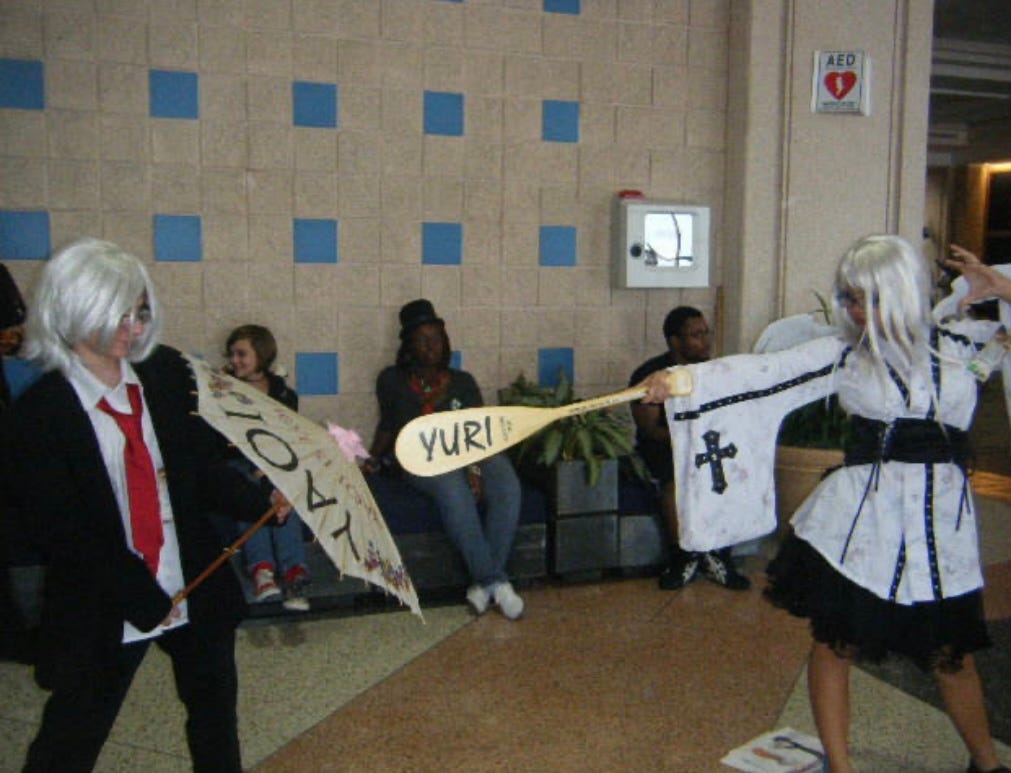

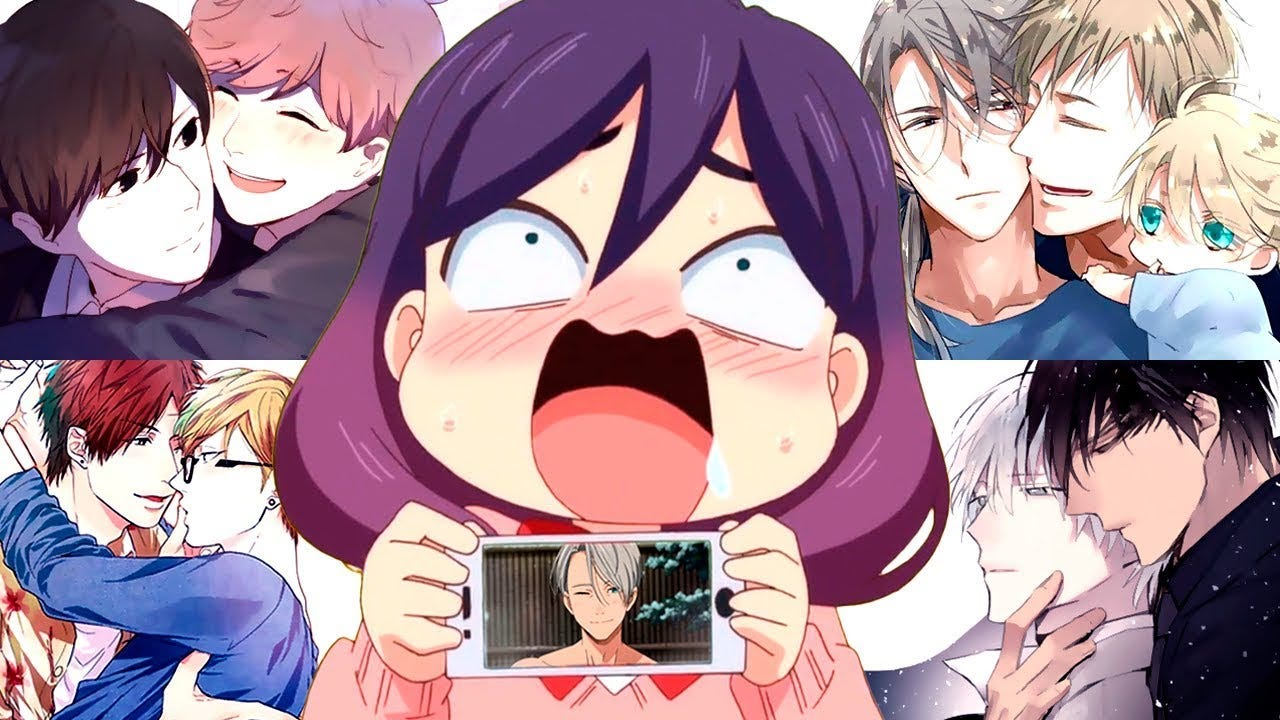

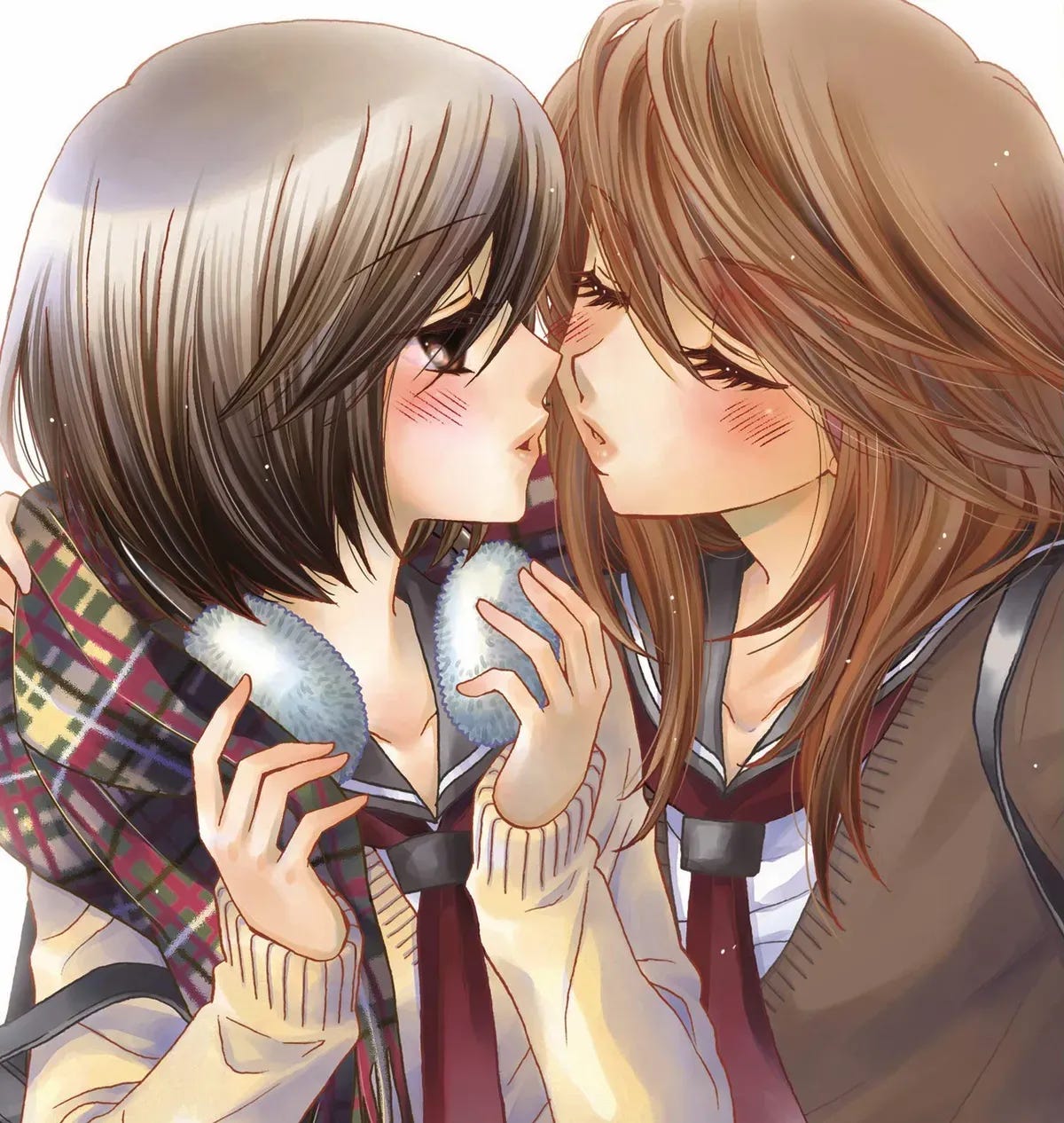

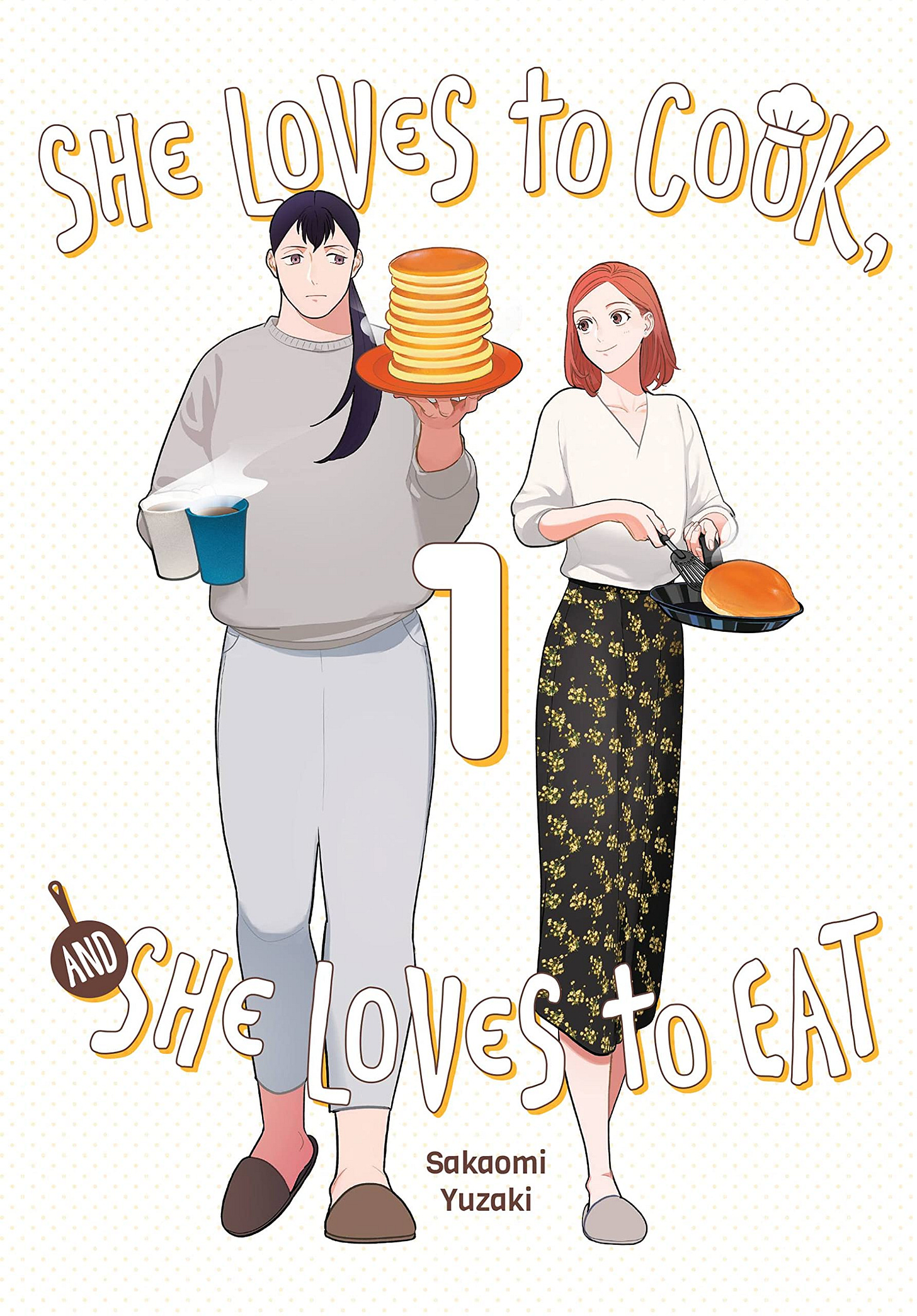


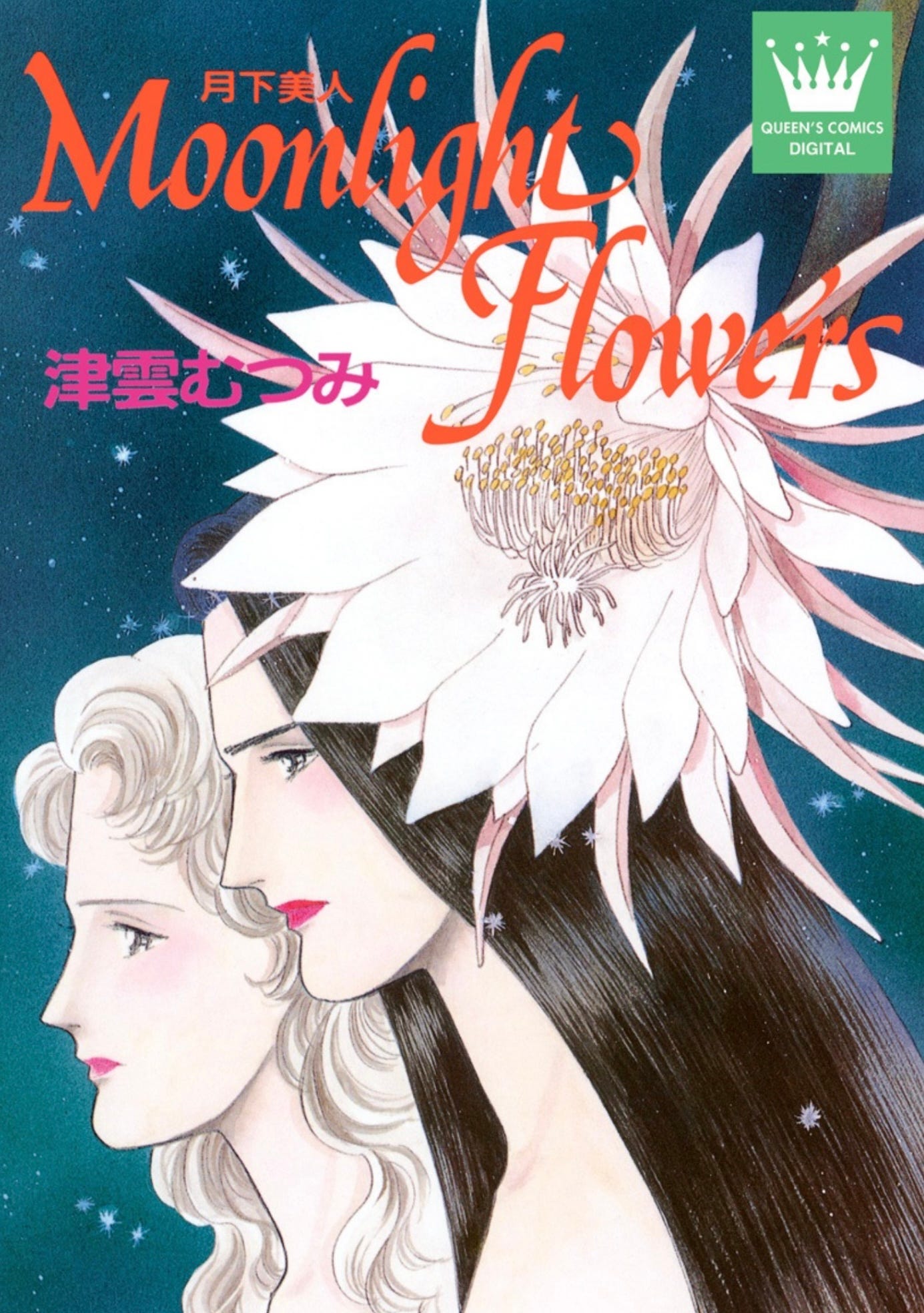

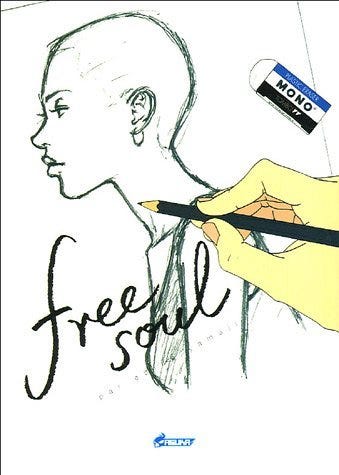
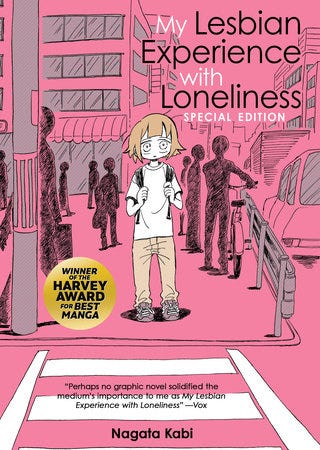
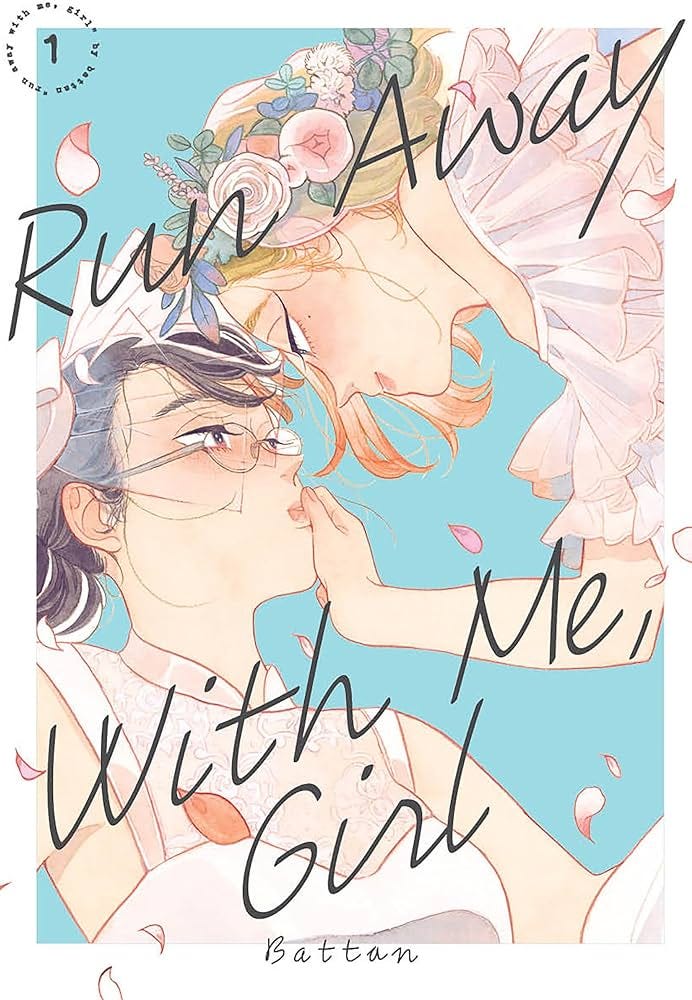

Applause is such a deep cut, good job LOL
My other favorites from that era are Pieta by Nanae Haruno and Oniisama E by Riyoko Ikeda. Those are both high school settings, which isn’t my favorite, but the art and stories are worth it.
Try Mo Xiang Tong Xiu 'Heaven's Official Blessing' - Chinese author. It stands out in terms of plot and even romance, and I'm saying it as a real gay guy who usually finds yaoi to be unbearably unhealthy fantasy where men don't act like men.